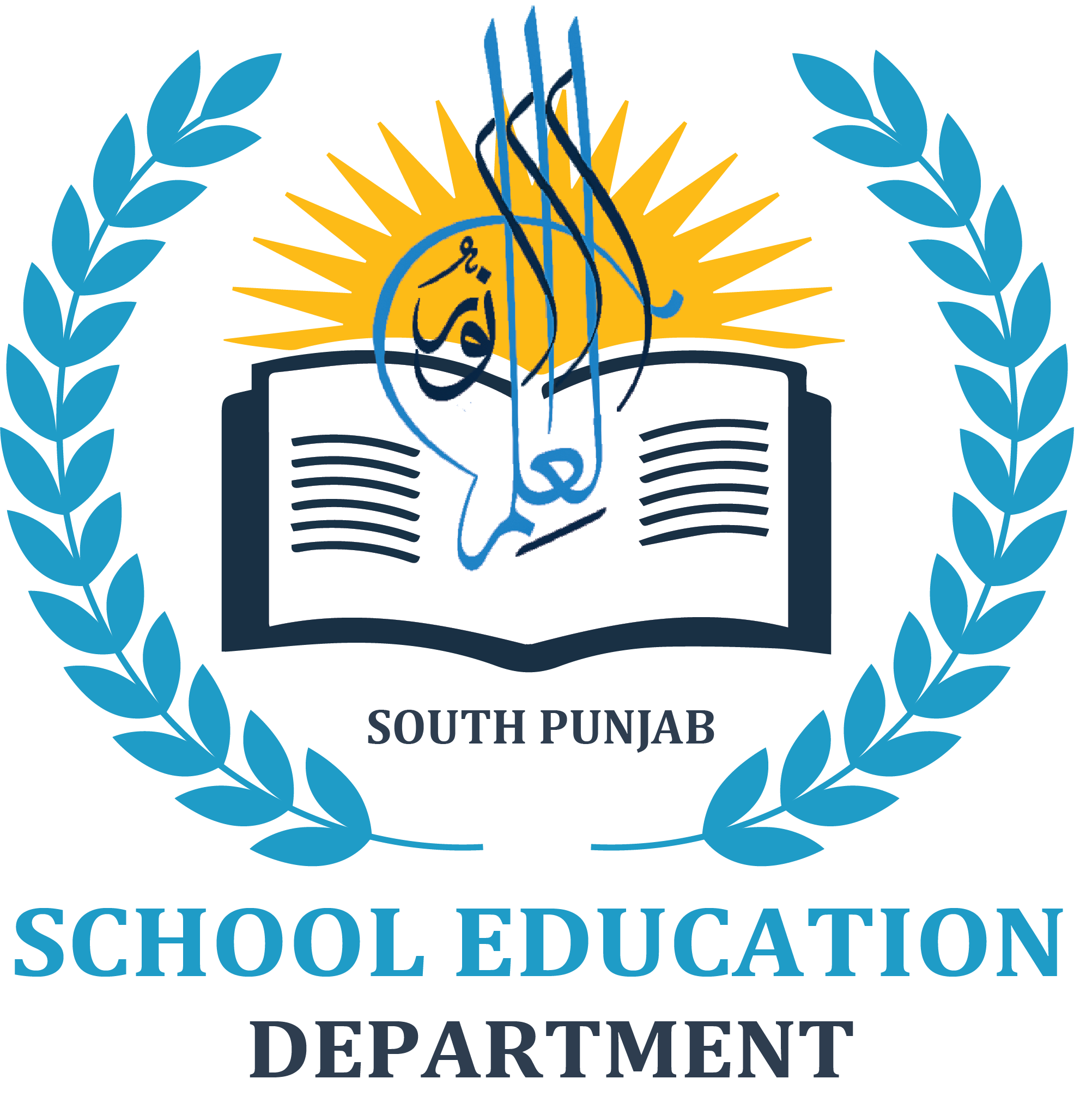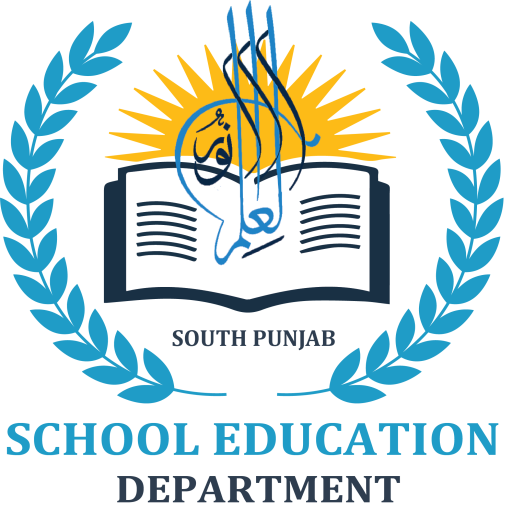TEACHING OF CLIMATE CHANGE AS A SEPARATE SUBJECT TO THE SCHOOL CHILDREN IN PAKISTAN
Although Climate Change is a global problem, yet Pakistan is one of the most affected countries, as is evident from the devastating floods that had recently played havoc in different parts of the country. Some extraordinary steps are therefore warranted to stem the tide. However, there could be no short-term solutions. In fact, considering the quantum of challenge the country is faced with, the entire nation needs to be sensitized. In this regard, the starting point, as per the School Education Department, South Punjab, could be sensitizing the next generation on the perils of Climate Change. With this aim in view, the Department has started its teaching at the public schools of the South Punjab, for the first time in the country, if not beyond.
It would not be out of place to mention here that if one refers to the UNESCO’s published report on “Getting every school climate-ready; How countries are integrating climate change issues in education”, it has not mentioned any country where Climate Change was being taught at schools as a separate subject. It could therefore be a unique honour for Pakistan to become a trendsetter in this regard for entire international community.
The hallmark of imparting education of this subject is the Children’s Green Book, which has been prepared with input from all stakeholders, including the subject experts, and covers all topics related to Climate Change and allied matters such as biodiversity, wildlife, forestry, agriculture, horticulture and more. The final draft has also been reviewed by the Islamia University Bahawalpur as well as MNS University of Agriculture, Multan. Finally, it was reviewed by the Punjab Curriculum and Textbook Board (PCTB), and the contents were amended/finalised in line with its observations. As a result of foregoing, NOC was issued by the PCTB on June 6, 2022 for printing and publication of the book.
SALIENT FEATURES:
- The children of 11-12 years of age are the target audience of the book. It has therefore been drafted/prepared while keeping the mental age of this group in view. More specifically, the book is being introduced at the level of class 7 at public schools. It is believed that children at this stage are neither old enough, where their attitudes and habits have already been formed, nor too young where they might not be able to understand the complexities of Climate Change.
- The book has been written in such a manner that it revolves around the characters of a young boy and girl so that every child should associate with either of them, and feels as if it is his/her very own story.
- The book imparts practical knowledge in a story telling format. Where required, it also takes the form of a detailed conversation/dialogue between the main character(s) and elders or relevant experts.
- The book is light on text and heavy on illustrations, pictures, graphics etc. All in all, it has a colourful, attractive and interest-provoking outlook. High definition/resolution actual pictures of local species of flowers, plants and trees etc. have also been used where deemed necessary.
- The book had been written in Urdu. It may be highlighted here that whereas only a small percentage of population has an access to English medium schools, Urdu is well understood all throughout the country. However, there are plans afoot to translate the book into English in near future in order to reach out to the left-over segments of the society. An English version would also help introduce this book at regional, if not larger international, level.
- It may also be highlighted here the book has been written in simple, plain and comprehensible language by taking into account the mental age and level of maturity of the target audience in view. Children can therefore read it on their own without seeking or needing help from their teachers or elders.
- The book comprises 16 chapters. Each chapter has further been divided into following 3 parts:
- A narration/story covering any particular topic and elaborating its general details, from practical point of view. Hard scientific facts or theories have deliberately been avoided.
- Questions/exercises designed to promote critical thinking amongst the children regarding Climate Change and the allied matters, and tax their minds, thus further enhancing/strengthening their understanding and learnings.
- Practical activities: Each chapter has been complemented with appropriate practical work to be undertaken at school and home, as the case may be. One may reemphasize here the ultimate goal of the entire exercise is to equip the children with practical knowledge and not merely make him or her learn the theoretical aspects.
- The book breaks many stereotypes/taboos as well. The womenfolk/girls have been shown as active members of society at par with the men. Similarly, minorities have been given due recognition too. So much so that in a chapter on how to create a model school, a teacher from minority faith has been shown to be in the leading role.
- The book has been so written that apart from Climate Change, it keeps teaching life skills, civic responsibilities and moral lessons to the students too, subtly interspersed here and there in the text all throughout the book.
- Preservation and promotion of entire biodiversity is the focus of the book. Accordingly, a chapter elaborates welfare of animals, concept of animal rights and other such topics, at length as well.
- The relatively newer concept of ‘Climate Justice’ is taking center stage in all discussions on Climate Change these days. Taking futuristic approach, this concept has also been elaborated in the book for the children.
- The book also creates awareness on rapidly depleting water resources of Pakistan, in general, and River Indus, in particular, and ways and means to preserve them, in line with the ‘Living Indus’ project of the Government of Pakistan.
- No specific skill, knowledge, degree or training is required to teach this book. In fact, it has been written in such a plain and comprehensible manner that any willing teacher can easily get a grasp on its contents and undertake its teaching. Yet, for the sake of greater understanding and clarity, the book has still been supported by a Teachers’ Training Guide too which, in addition to providing general guidance and instructions on how to teach the book to students, gives specific instructions on every individual chapter too.
- Though statedly the book is meant for children, yet it caters for the needs of all interested members of the family. It is therefore likely to evoke huge interest amongst all and sundry. For the same reason, we have termed it as a Children’s Green Book meant for the entire family. It thus aims to create social mobilization in the society regarding Climate Change.
- The book is supported by a dedicated website, https://thechildrengreenbook.net/, where besides other elements, its digital version is also available for those interested.
- In order to give a catchy and comprehensible slogan to the entire project of creating awareness amongst the children through teaching of the subject of ‘Climate Change’, resurrection of firefly has been adopted as the ultimate objective (ہم جگنو ڈھوندنے نکلے ہیں، آؤ ہمارے ساتھ چلو ).
FUTURE PROGRESSION:
- It took around 2 years of hard work to complete the Green Book. Yet, it is believed that the book, like all other such works, would go through an evolutionary process. Needless to say here, based on the review and input of stakeholders, and the lessons from the experience of having taught it at schools, next editions would be even better.
- It may also be highlighted here that the final draft of the book was taught to class 7 students in a public school by the author himself for 4 months in early 2022, and the contents were further reviewed and amended on the basis of this interaction/experience. Not many books would have been prepared with such a hard work, dedication and passion in the country before.
- First book of its type, it would become a trend setter in all likelihood, and generate such ideas in other persons and at other places not only in Pakistan but elsewhere in the world too.
- The project has huge potential, and no wonder other federal units as well as provincial governments may also adopt the project in due course of time and introduce Climate Change as a separate subject in their schools as well.
- Finally, it may be clarified here that even though the book has been launched by the School Education Department, South Punjab, yet it has been prepared in the perspective of entire Pakistan, and presents/discusses Climate Change related issues being faced anywhere in the country. The book is so current that it even covers in detail all aspects of the devastating floods that had recently hit many areas of Pakistan. In other words, it has a national relevance.

